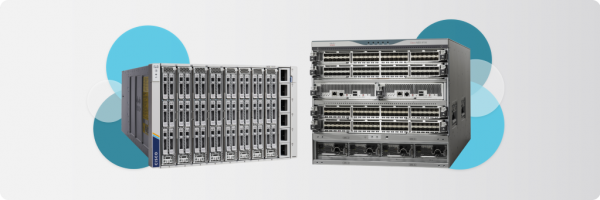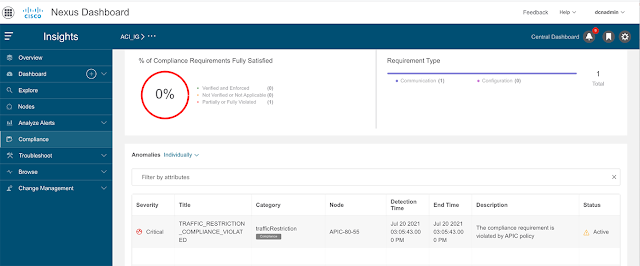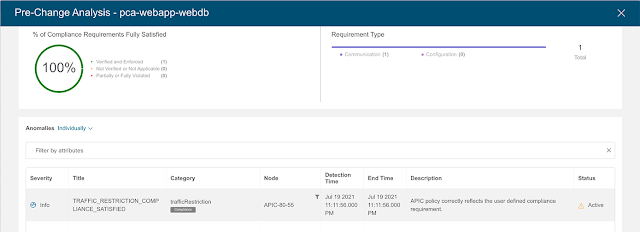The scale and complexity of modern enterprise infrastructure environments are exploding as workloads become pervasive and infrastructure becomes more hybrid and distributed across data centers, edge, and public cloud resources. Recent events have put the importance of successful network operations at the forefront. Through a barrage of obstacles, today’s resilient and successful organizations are modernizing and automating their network operations to stay ahead of the curve. Their destination? Hybrid Cloud — and by a vast majority.
According to IDC research, 55% of organizations currently have hybrid cloud and use it as a framework to deploy applications where scale-out architecture and high availability networks are needed. Another 29% reported not having a hybrid cloud, but they planned to create one within a year. And by 2025, 70% of organizations will modernize their applications based on drivers like data security, organizational flexibility and agility, and productivity gains versus drivers like IT cost savings.
To solve hybrid cloud application complexity, your IT needs to focus on automating application infrastructure management. This includes the many personas involved in configuration, provisioning, lifecycle operations, and orchestration of cloud and hybrid datacenter environments. But scaling applications into hybrid cloud also increases the cost of managing thousands of distributed devices, containers, and network services. These elements require more knowledge and more time to troubleshoot the many interconnected parts using multiple purpose-built solution tools and methods.
To be successful, it’s critical to have the visibility and insights into your network wherever your data is created with consistent network and policy orchestration across multiple data centers —whether on-premises, in the cloud, or at the edge. At Cisco, we know that for any move to the hybrid cloud lifecycle journey, there is an uncompromising need for a centralized approach to manage network capabilities. Cisco’s Nexus Dashboard is our newest cloud networking platform innovation to help with this very problem. With its One View presentation of all your hybrid cloud network sites, your IT operators can use a single agile platform, to operate all their network infrastructure in a single place. How many split personas (NetOps, DevOps, SecOps, and CloudOps) do you have? Cisco Nexus Dashboard bridges all the tools needed by each persona with a flexible operational model for all use cases on a single platform.
















